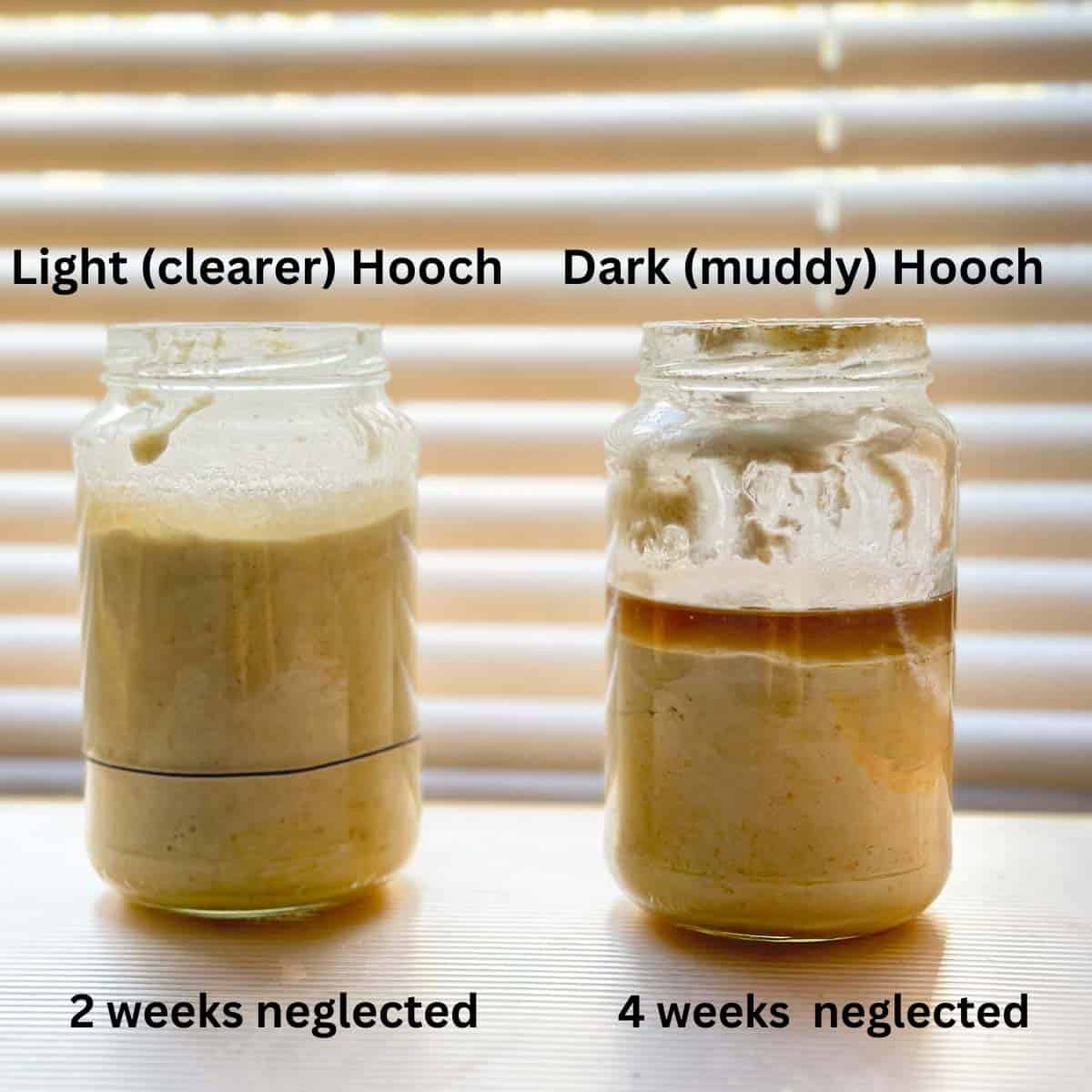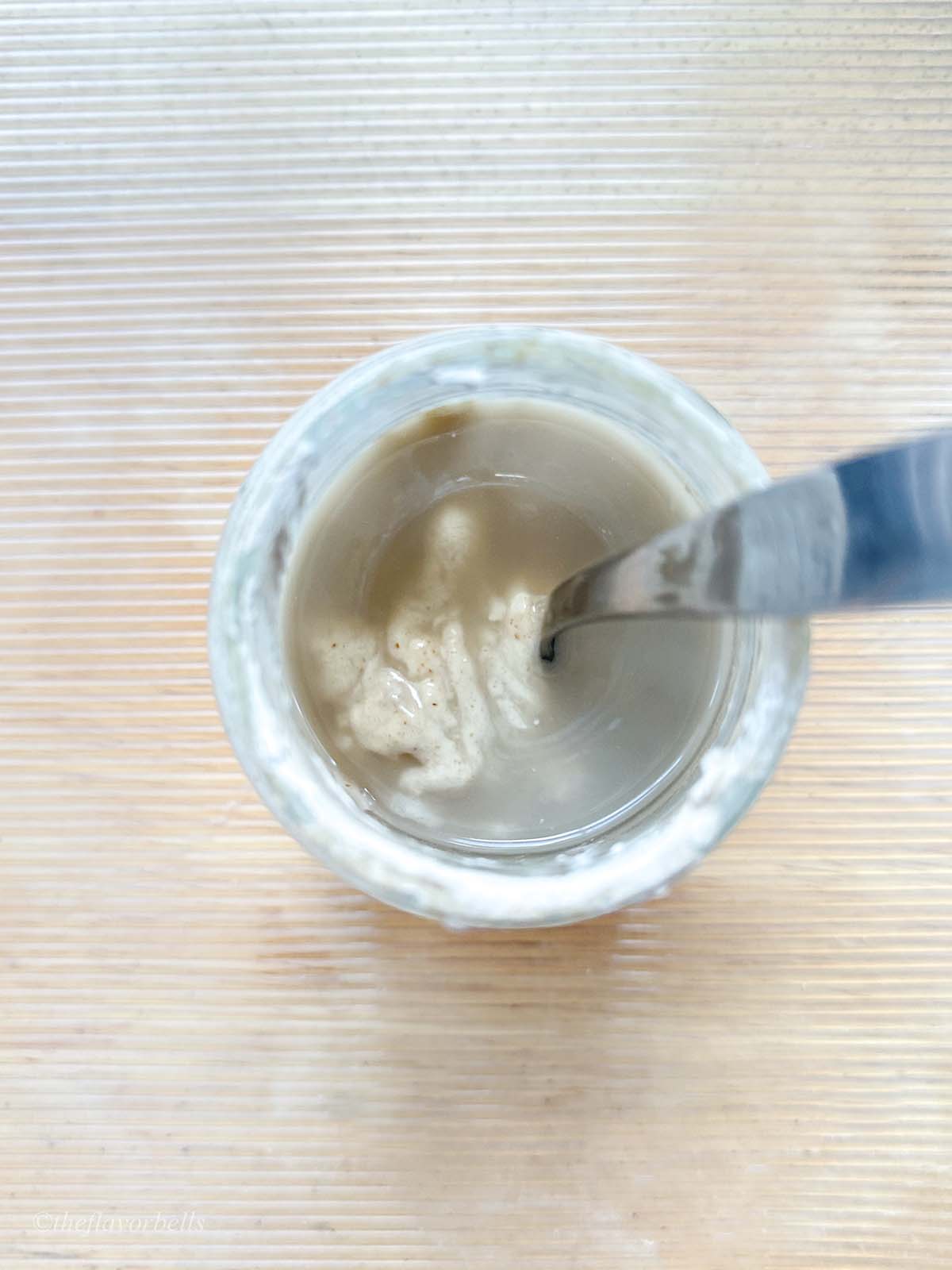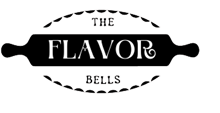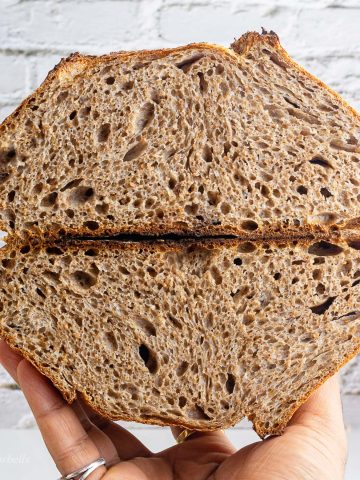Sourdough hooch is a testament to the intricate world of microorganisms transforming simple ingredients into a living, breathing entity. Let us embrace and understand the role of hooch in your sourdough journey.

Learn more about sourdough:
Jump to:
Have you ever noticed a mysterious, slightly tangy liquid forming on top of your beloved sourdough starter? Don't worry, you're not alone! This enigmatic substance is commonly known as "sourdough hooch," and it often sparks curiosity among home bakers. But what exactly is this intriguing liquid, and why does it appear on our precious dough concoctions? In today's blog post, we're diving deep into the world of sourdough hooch to unravel its secrets and explore how it impacts the art of bread making.
Introduction to Sourdough Hooch
The name "hooch" comes from the word "hoochinoo," which was used in Alaska during the Gold Rush era to describe a homemade alcoholic beverage made from fermented fruit or grain. Similarly, sourdough hooch is also formed through fermentation and has a slightly tangy taste due to the presence of lactic acid produced by bacteria in the starter.
Sourdough hooch, also known as "sourdough liquor" or "hooch", is a byproduct of the natural fermentation process that occurs in the sourdough starter. It is the liquid that forms on top of a mature sourdough starter and can be seen as a clear- slightly yellowish liquid layer or dark-brownish muddy liquid.

Hooch is often misunderstood and viewed as a sign of an unhealthy or spoiled starter. However, this is not the case. Hooch is an essential part of maintaining a healthy sourdough starter and plays an important role in its development and flavor. However, the accumulation of hooch at the top of the sourdough starter means that it was left undisturbed and unfed for a long long time.
Hooch's color can vary from being clear-yellowish color to slightly brownish. This liquid is a natural byproduct of the fermentation process and contains alcohol and acetic acid, giving it a strong, tangy smell.
Another theory for why this liquid is called "hooch"? The term originates from American prisons in the late 19th and early 20th centuries when inmates would make their alcoholic beverages using fermented fruits or grains. These homemade drinks were referred to as "hooch," and so when this similar-looking liquid formed on top of sourdough starter, it was given the same name.
But why specifically use the word "sourdough" in front of hooch? Well, this can be traced back to the origins of sourdough bread itself. Sourdough bread has been around for thousands of years and was often associated with miners during the Gold Rush in California in the mid-1800s. Miners would carry small portions of their sourdough starter with them on long journeys to continuously make fresh loaves of bread.
What Causes Hooch to Form?
So why does this liquid form on top of your precious sourdough starter? Well, it's all about balance. Sourdough starters are made up of flour, water, wild yeast, and bacteria. These microorganisms feed off the carbohydrates in flour and produce carbon dioxide gas (which causes bread dough to rise) and alcohol.

Usually in a normal feeding cycle, the alcohol produced is so less, that it just stays as a hydrant in the starter. But if you stop feeding the starter and the anaerobic fermentation keeps on happening inside the starter more and more alcohol and other byproducts are produced. These byproducts then rise to the surface, forming a layer of hooch on top.
The amount and frequency at which hooch forms on your starter can vary depending on various factors such as temperature, hydration level of the starter, how long the starter is left neglected, and type of flour used, etc.
Some bakers may see this layer as an indication that their starter has gone bad. But that is not fully true. You can still recover your sourdough starter by discarding the excess and feeding it regularly.
Is it Safe to Consume Hooch?
Nope, I do not think hooch should be consumed raw. It is undistilled alcohol. Although the alcohol content in hooch is very low (usually less than 2%) it is still not safe to consume raw. It can cause illnesses like botulism.
How does Hooch help in Sourdough Fermentation?
- Indicator of Fermentation Activity: Hooch serves as a visual cue, reassuring bakers that their sourdough starter is actively fermenting.
- Adjusting Starter Consistency: Managing hooch helps control acidity and consistency, preventing the starter from becoming overly sour or watery.
- Flavor Contributions: Incorporating hooch back into the starter or dough adds a subtle alcoholic undertone for those experimenting with unique flavors.

Creative Ways to Use Sourdough Hooch in Cooking and Baking
While some bakers may discard this liquid, it is full of flavor and can be used in creative ways in cooking and baking. In this section, we will explore various ways to incorporate hooch into your culinary creations.
1. Use it as a marinade or brine:
Sourdough hooch contains high levels of acidity, making it an excellent substitute for vinegar or lemon juice in marinades and brines. Its tangy flavor adds depth to meats such as chicken, pork, or fish. Simply mix the hooch with your desired herbs and spices and use it to marinate your protein of choice before cooking. Always make sure you do not consume it uncooked.
2. Add it to soups and stews:
Like how you would use vinegar or lemon juice to add a bright acidic note to soups and stews, hooch can do the same job but with an added layer of complexity. Use it sparingly as a finishing touch towards the end of cooking for a subtle tangy kick.
How to deal with Sourdough Hooch

If you are experiencing an excess amount of sourdough hooch on your starter, here are some tips for managing it:
1. Stir or mix in the hooch: The easiest way to manage the hooch is to incorporate it back into the starter simply. Using a clean spoon or spatula, gently stir or mix the hooch into the rest of the starter until it is well combined. This will help redistribute any water that has separated from the flour and maintain a balanced hydration level in your starter.
2. Adjust feeding schedule: Hooch often appears when there is too much liquid in your starter, which can be caused by underfeeding or not using enough flour when feeding. To avoid this, try adjusting your feeding schedule by reducing the time between feedings.
3. Store in cooler temperatures: Warm temperatures can accelerate fermentation and cause more separation and formation of sourdough hooch on top of your starter.
4. Discard Hooch: If you do not want your sourdough starter to be tangy and sour, remove the hooch and start feeding the sourdough in routine.
5. Feed Regularly: A regular feeding and discarding cycle prevents the hooch from accumulating in the sourdough starter. Neglected and undisturbed starters start anerobic fermentation causing excessive hooch accumulation. So, take care to feed your starter regularly.
The next time you encounter that liquid gold on your sourdough starter, appreciate it as a sign of life and a reminder of the magic within your starter. Just stir it back and go on with your feeding cycle.
Till then,
Happy baking!






Leave a Reply